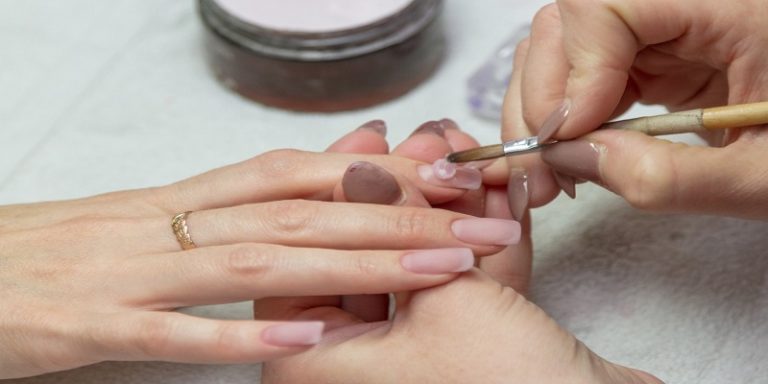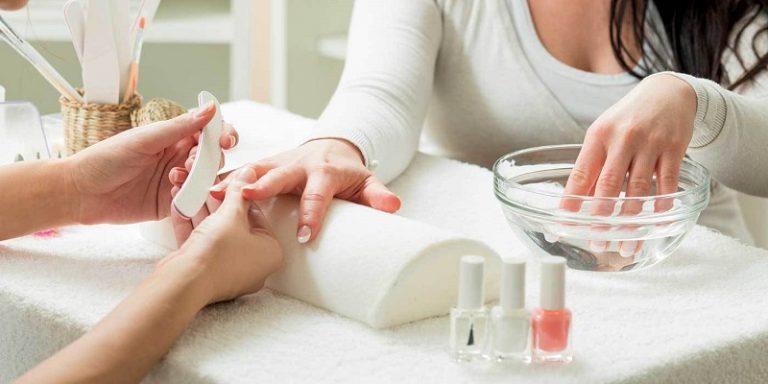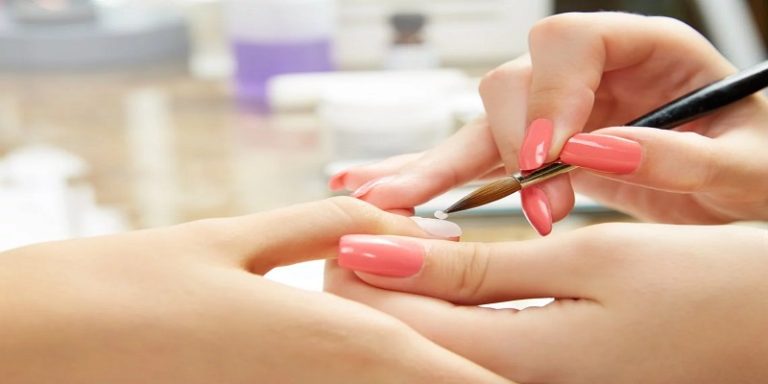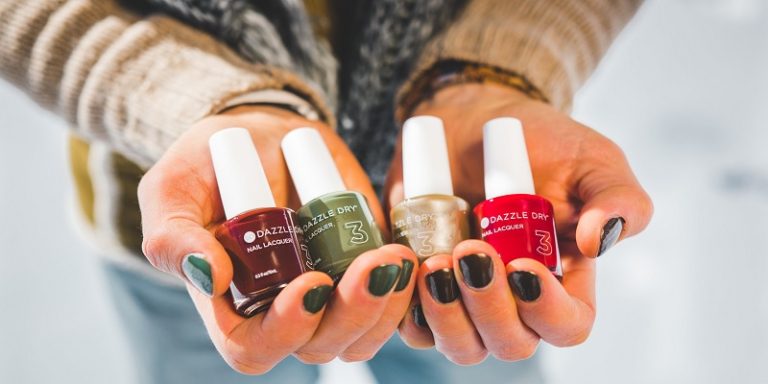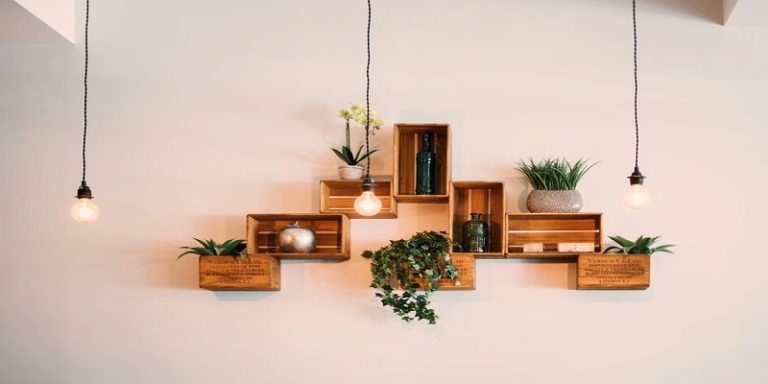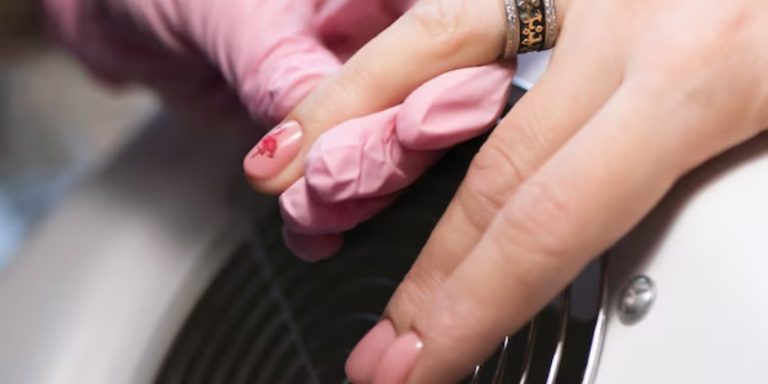How To Take Stunning Pictures Of Nails: The Ultimate Guide

Last Updated on June 18, 2025 by Jaclyn A. Neeley
Capturing the beauty of nail art through photography can be a challenging yet rewarding endeavor. Whether you are a professional nail technician or a nail art enthusiast, mastering the art of nail photography can significantly enhance your portfolio and social media presence. This guide will walk you through the essential steps to take stunning pictures of nails, from lighting and composition to editing and posing.
Importance of Lighting
Lighting is the cornerstone of any great photograph, and nail photography is no exception. The right lighting can highlight the intricacies of your nail designs and showcase their true colors.
Natural Light
Natural light is often the best option for nail photography. It provides a soft, even illumination that can make your nails look vibrant and detailed. The best times to shoot in natural light are early morning or late afternoon when the light is soft and diffused. Position your hands near a large window or glass door to take advantage of this natural light source.
Artificial Light
If natural light is not available, investing in good artificial lighting is crucial. Here are some popular options:
- Ring Light: Provides a broad scope of light that minimizes shadows and highlights nail details. However, it can create visible reflections on glossy nails.
- LED Panel Light: Offers a broad light source if angled correctly but can cast shadows due to its directional nature.
- Softbox: Softens and diffuses light, reducing harsh shadows and creating a flattering illumination for nail photography.
- Rod Light: Bright and creates minimal reflection, but can be expensive and space-consuming.
Choosing the Right Background
The background of your nail photos can significantly impact the overall look and feel of your images. A well-chosen background can make your nails stand out and draw attention to the intricate details of your work.
Plain Backgrounds
A plain, solid-colored background helps your nails to be the focal point of the image. White or neutral-colored backdrops are ideal for creating a clean, polished look.
Textured Backgrounds
Adding a pop of color or texture to your background can add visual interest and complement the colors and design of your nails. However, ensure that the background does not compete with or distract from your nail art.
Posing and Angles
The way you pose your hands and the angles from which you take your photos can make a significant difference in the final image.
Hand Poses
- Relaxed Hand: Keep your hand relaxed and natural to avoid stiff or awkward-looking photos. This pose is flattering and showcases the nails effectively.
- The Claw: An older, less appealing pose that can make the hand look stiff. It is generally recommended to avoid this pose.
- Eight-Finger Pose: Shows the nails on both hands without including the thumbs, providing a balanced view of the nail art.
- Ten-Finger Pose: Displays all ten fingernails, often with one hand over the other or in an overlapped fashion.
Angles
Experiment with different angles to find the most flattering perspective for your nail art. Angling the camera too high can make the nails look stubby while angling it too low can make them appear oddly long. Move the camera around to capture the true look of the nails.
Composition and Framing
Composition is crucial in photography as it helps to create visually appealing and balanced images.
Rule of Thirds
Divide your frame into a grid of nine equal parts and place the focal points of your image along these lines or at their intersections. This technique helps to create a balanced and engaging composition.
Fill the Frame
Ensure that your nails take up a significant portion of the image, leaving little to no space around them. This approach eliminates distractions and focuses the viewer’s attention on the nail art.
Use of Props
Incorporating props can add context and interest to your nail photos. Use items like rings, bracelets, or even beverages that complement the color scheme of your nails. Ensure that the props do not overshadow the nail art.
Editing Your Photos
Editing is the final step in creating stunning nail photos. It allows you to enhance the image and correct any imperfections.
Basic Editing Tools
- Brightness and Contrast: Adjust these settings to make your nails pop and to ensure the colors are true to life.
- Crop: Remove any unnecessary elements from the background to focus on the nails.
- Healing and Cloning: Use these tools to remove any blemishes or imperfections on your nails or hands.
Recommended Editing Apps
- Snapseed: Offers a wide range of editing tools, including exposure, color adjustments, and selective editing.
- Facetune: Great for smoothing skin and removing imperfections, but use it sparingly to avoid over-editing.
- Adobe Lightroom: Provides advanced editing options and is available on both mobile and desktop platforms.
Consistency and Branding
Maintaining a consistent style in your nail photos can help to create a recognizable brand identity. Use similar backgrounds, lighting, and editing styles across your photos to create a cohesive look. This consistency will make your social media feed more appealing and professional.
Conclusion
Taking stunning pictures of nails requires attention to detail, creativity, and practice. By mastering the elements of lighting, background, posing, composition, and editing, you can create beautiful and professional-looking nail photos that showcase your artistry. Remember to experiment with different techniques and find your unique style. With these tips, you’ll be well on your way to capturing nail photos that stand out and impress your audience.
FAQs
How to take great pictures of nails?
Use natural lighting or invest in a ring light to evenly illuminate your nails. Ensure your hands and nails are well-groomed and moisturized. Experiment with different angles and distances to find the most flattering perspective. Use a plain background that complements your nail color without being too distracting. Take multiple shots and edit them to enhance clarity, color, and details.
How to pose your nails for pictures?
Relax your hands and slightly bend your fingers for a natural, flattering look. Avoid stiff or clenched poses. Try holding props like flowers, mugs, or jewelry to add visual interest. Interlace your fingers or cross your arms for dynamic poses showcasing multiple nails. Crop the image to highlight intricate designs or unique shapes. Experiment with different angles until you find the most aesthetically pleasing composition.
How do you take good pictures of press-on nails?
Use a clean, plain background like a white paper towel or fabric. Ensure your hands are well-moisturized and cuticles are groomed. Position your hands at an angle that best showcases the nail design. Use natural lighting or a ring light for even illumination. Take multiple shots from different distances and angles. Edit the photos to enhance clarity, color vibrancy, and details.
What is the best light for nail photos?
Natural daylight is considered the best light source for nail photography, as it provides even, soft illumination that enhances colors and details. However, it can be inconsistent and unreliable. Ring lights or LED panel lights are excellent alternatives, offering diffused, shadowless lighting. Avoid direct sunlight or harsh overhead lighting, which can create unflattering shadows and glare.
How to choose the right background for nail photos?
Select a plain, solid-colored background that complements your nail color without being too distracting. Neutral shades like white, gray, or beige work well for most nail designs. Alternatively, use a contrasting or complementary color from the opposite side of the color wheel to make your nails pop. Avoid busy patterns, textures, or bright colors that can compete with your nail art.

